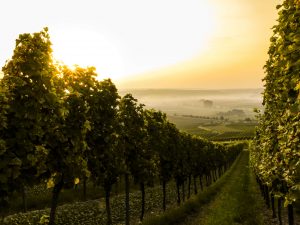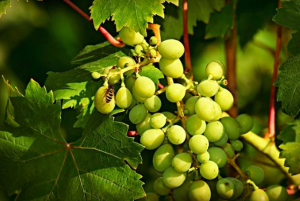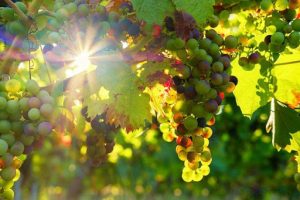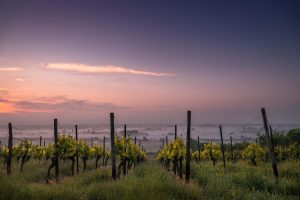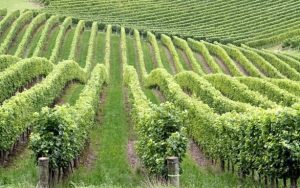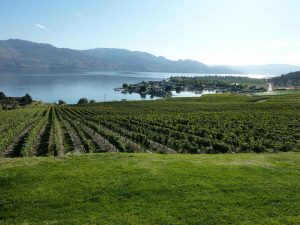A Quick Guide to Argentinian Wines
One of the most prolific wine-producing countries in the world is Argentina. The hugely varied wine regions of Argentina have produced many incredible vintages that have attracted attention around the world. Because of the extreme terrain where many of these vineyards are located, Argentina is a great place to vacation. You can enjoy incredible wine, and learn about the country’s rich vinicultural traditions while touring vineyards that are situated in some of the most beautiful regions of the world. Let’s delve into the history of Argentinian wines, and some of the grape varietals that have made the country famous. The Rich History of Argentinian Wines Argentina has been producing wine since the 16th century. Grapevines were introduced to the country by Christian missionaries, and their cultivation was quickly adopted by locals. Until quite recently, Argentina produced more wine than any other country outside Europe, but it was largely consumed by locals. In the 1990s, a shift in wine exports began, spurred on by the devaluation of the Argentina peso. More foreign companies began investing in the wine regions of Argentina, and producers started exporting higher-quality wine. Now, people all over the world travel to Argentina for the privilege of getting to explore the wineries that produce their favorite wines. The Top Argentina Wine Regions Worth Exploring The beauty of Argentina and the high quality of their wines are the two reasons why they’ve seen so much vinicultural tourism. Most of the Argentina wine regions are spread out in a line along the western edge of the country and include some of the highest planted vineyards in the world. Mendoza Located along the central-western edge of the country, Mendoza is one of the largest wine-producing regions in the world. It has more area planted than all the vineyards of Australia and New Zealand combined. Located in the shadow of Mt. Aconcagua, the vineyards in Mendoza are irrigated by runoff from Andean glaciers. Primarily, wineries here grow Criolla Grande, Cereza, and Malbec grapes- widely considered to be the most important grape varietal grown in Argentina. San Juan Located just north of Mendoza, the San Juan wine region is much hotter and drier. Some of the oldest grapevines in Argentina are located here. The region produces many beautiful red wines, as well as grapes that are turned into sherry and vermouth, or eaten whole. Northwestern Argentina Northwestern Argentina is home to many smaller wine regions that are located almost 5,000 feet above sea level. Right now, they only account for around 2% of wine production in the country, but unique local vintages have attracted lots of attention worldwide, and investment in this area is increasing. Which Grape Varietals Flourish in Argentina? There are many grape varietals showcased in the delicious and unique wines from Argentina. Here are some of the most popular varietals grown across the country. Malbec The robust Malbec is Argentina’s most valuable grape varietal. It was introduced to the country from France in the 19th century, and has thrived in …

